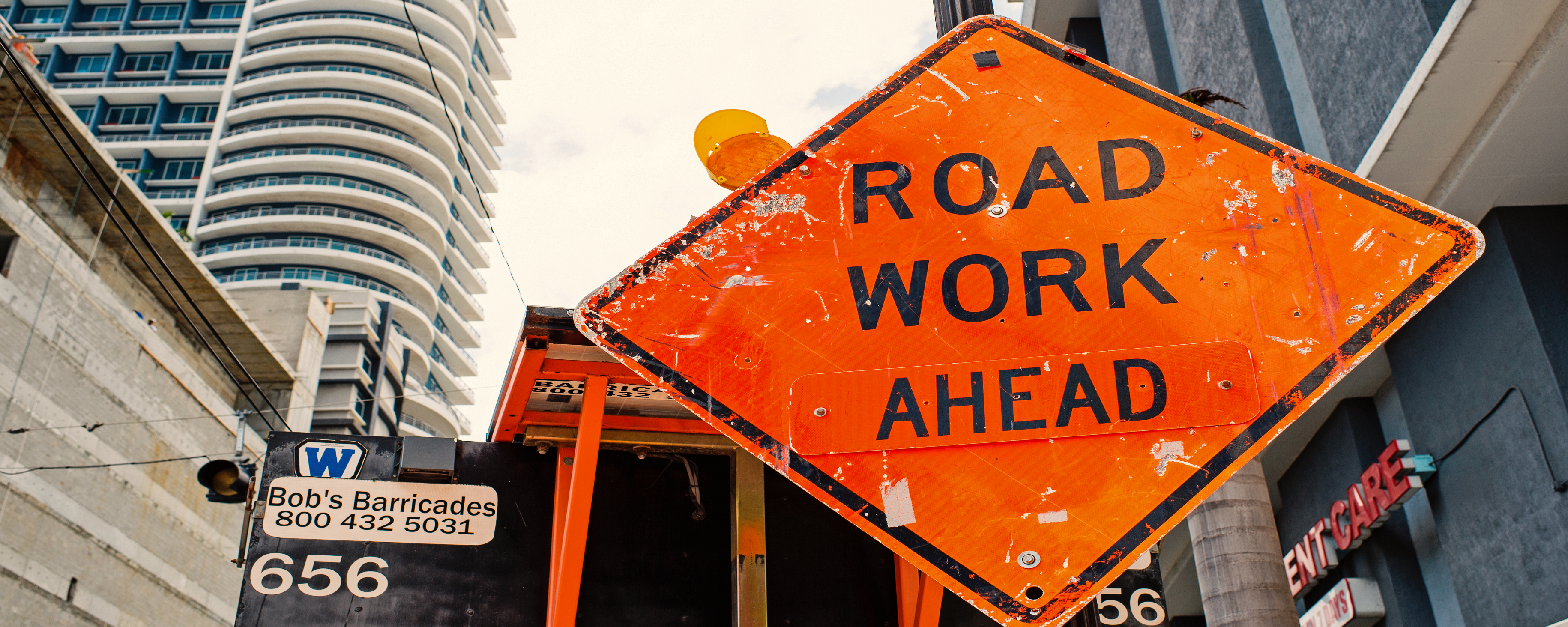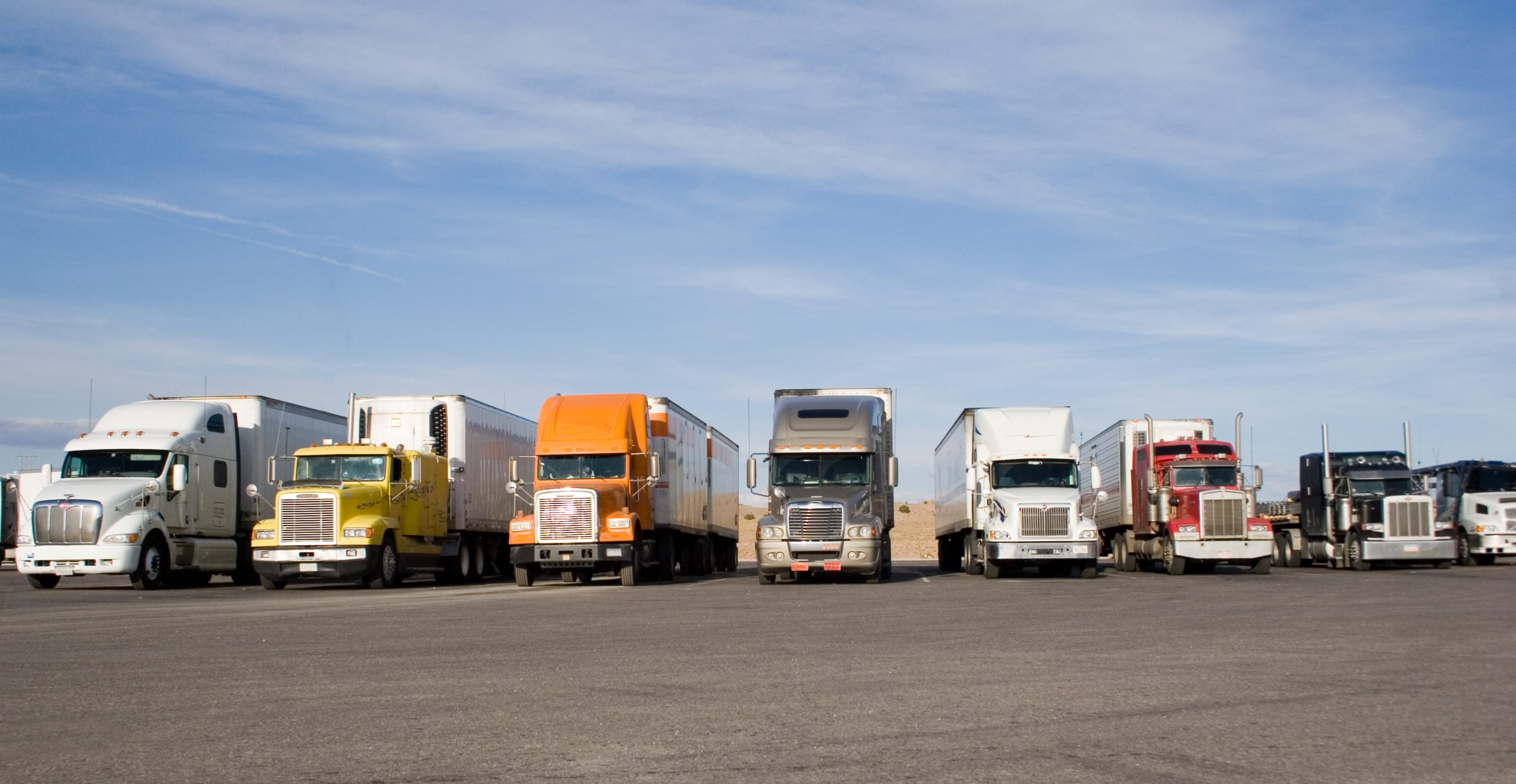National Work Zone Awareness Week (NWZAW)
NWZAW is a nationwide effort between state DOTs, road safety organizations, government agencies and private companies like Infinit-I Workforce Solutions. Its purpose is to bring safety to the forefront of your mind, especially when you encounter work zones.
Why is it important?
Everyone has experienced driving down the highway on a beautiful spring morning, trying to make the best of your commute. The air is crisp, the sun is shining. You turn up the radio as you watch the trees dance in the wind. You were so distracted by the passing landscape that you didn’t notice flashing lights warning of construction ahead.
And BOOM! Stop and go traffic.
The heavier the vehicle, the longer it takes to stop. Hopefully you became aware of the situation before rear ending the stopped car in front of you. And hopefully you didn’t lock up your breaks trying to avoid a collision.
A scenario like this is the reason National Work Zone Awareness week has become so significant. Accidents can happen in an instant, without warning. And some have found themselves staring at a busted windshield and deployed airbag before they ever even knew what was happening.
It is easy to become complacent when you travel the same route often. Muscle memory takes over and our brains filter out details of little significance. You might even find yourself at your destination with no recollection of getting there.
Sometimes, however, a new work zone can pop up overnight. Some might reroute traffic and close lanes, making the roads we often travel unfamiliar. The annual campaign takes place in early spring, when road construction activities are at their highest. The goal is to make all drivers aware of the need for elevated caution in areas of road work.
Who does it affect?
The answer is simple. It affects every single person on the roadway: Professional drivers, commuters, motorcyclists, pedestrians, construction workers.
Construction workers? Absolutely. Road workers put themselves in harm’s way performing necessary road work. They are especially vulnerable to work zone crashes because they do not have the protection of a vehicle.
How are truckers impacted?
Always pay close attention to speed limit changes. A traffic violation in a construction zone will have a huge impact on your CSA score. It is one of the most severe infractions. Not only will your traffic fine be doubled (in most states), speeding will also earn you 10 CSA points.
The likelihood of a trucker being involved in a fatal crash is higher than most civilian drivers simply because of the amount of time they spend behind the wheel. In 2018, 34% of fatal work zone related crashes involved the death of a professional driver.
How often do you perform these common causes of work zone accidents?
- – Improper following distance
- – Distraction or inattention
- – Failure to use “lean and look” method when merging
- – Excessive speed
- – Ignoring blind spots
Safe drivers always make it a habit to be aware of their surroundings, especially in work zones. Traffic patterns can change instantly. Cars and trucks speed up and slow down with the flow of others. Commuters tend to become impatient and can begin driving erratically.
“Confusion, frustration, merging/distracted four-wheelers, speed limit changes, narrow lanes, and hundreds of attorneys hoping you make a mistake. Work zones are dangerous, it’s that simple.”
-Mark Rhea, President Lisa Motor Lines
In 2017, there were 18,000 work zone crashes that involved a tractor trailer. These resulted in about 4,000 serious injuries. About 25% of those injuries involved a pedestrian or construction worker.
Always treat work zones as if there are workers present. Just because you don’t immediately see them, doesn’t mean they aren’t there. Keep these best practices in mind every time you take off:
- – Slow down and use the right lane when possible.
- – Use hazard lights so the traffic behind you knows there is a slowdown ahead.
- – Be careful of bottlenecks, drivers tend to cut in line at the last second.
- – Focus – Keep your eyes on the road but be aware of peripheral action.
- – Do not become distracted by phones or ELDs. It can wait!
- – Pre-plan so you are familiar with your route.
- – Perform a thorough Pre-trip inspection, ensure your tractor trailer is safe to operate.
- – Expect the unexpected – always.
For more best practices from the DOT, click here.
How can I participate?
- – Start the conversation with truck drivers, construction workers, and dispatchers you know. National Work Zone Awareness Week intends to spread awareness across the nation. Learn more at NWZAW.org.
- – Wear orange on Wednesday, April 22, 2020. It acts as a visible reminder and shows support for families who have lost loved ones in work zone crashes.
- – Slow down. Delivering your freight intact is just as important as delivering on time. No load is worth your life or the lives of others.
- – Refresh yourself on your safety training. In the event of an accident, always follow your company’s accident protocol.
Remember, we are all in this together. Sharing the road means sharing the responsibility of each other’s safety.








